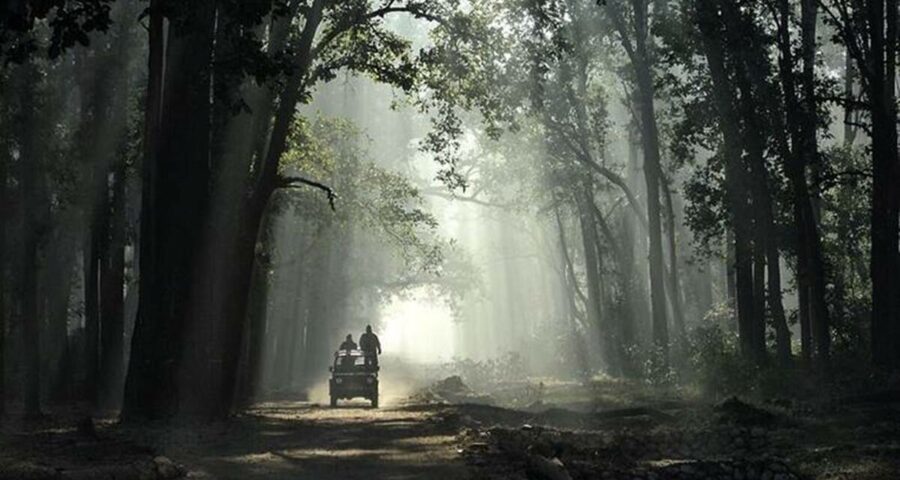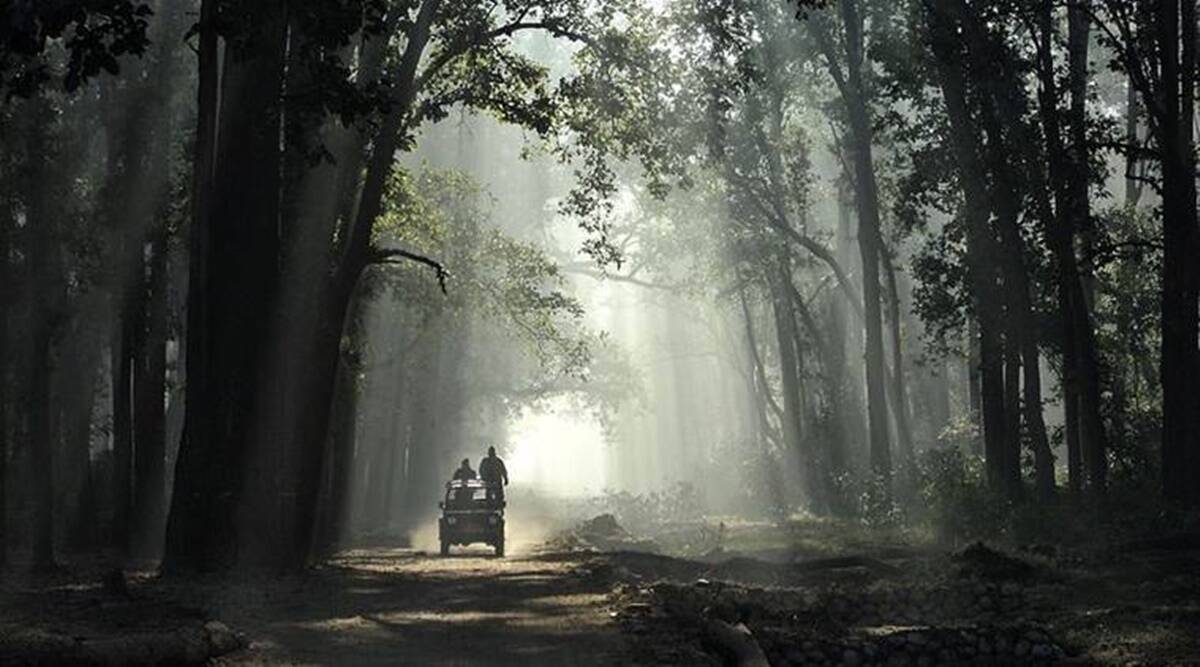Parks where animal sightings can be bought and where resorts and elevated highways disrupt the natural landscape may not have met his idea of conservation.
For over 40 years, I’ve lived next door to a historical cemetery in north Delhi, so, let’s put it this way: I have contacts with and sources in the netherworld. I was thus able to engage in an enlightening conversation with the spirit of the great Jim Corbett, on wide-ranging ecological issues — and particularly on what he thinks about the recent proposal to rename “his” park as the Ramganga National Park. Excerpts:
RL: This is a wonderful privilege, Mr Corbett: I’ve been reading your books since I was 14 years old and still have a copy of your Man-Eaters of Kumaon, which is now looking like it has indeed been mauled by a man-eater.
Corbett: Thank you.
RL: Mr Corbett, you left India in 1947, your detractors say, fled — because you didn’t believe we Indians could manage without you Brits. But you’ll have to admit we’ve come a long way since then…
Corbett: You know, I may be buried in East Africa but I left my heart behind in India.
RL: Mr Corbett, I last visited your park several years ago and was stunned by what I saw. Such progress!
Corbett: What do you mean?
RL: I mean when you drive along the Kosi River, you have all these glittering resorts, with jacuzzis, swimming pools, spas and gyms, cheek-by-jowl on the river-side of the road, belting out bhangra rap at jackhammer decibels through the night. There are custom-designed weddings where the bride and groom may arrive by helicopter, baraats of 1,000 drunks roaring up and down the road running over chital… And, on the other side of the road, you have the brooding, glowering jungle, dark and primitive. The diversity of India, sir!
Corbett: Ah yes, I’d heard about this. In my time it was just a simple beautiful landscape, which I tried to describe in my books.
RL: There was no tourism in your time either. Now it’s all organised beautifully. You pay and it’s delivered. Whatever you want: tiger, elephant, sambar, sighting almost guaranteed! The guards patrol the jungles, the ridges and valleys and report any sighting and within minutes, like dung beetles homing in on an elephant patty, Gypsies crammed with chattering, excited tourists land up begging for selfies with the tiger. Of course, precautions are taken and they are not allowed to put a foot out of the vehicle, and helipads may be built if VIPs wish to visit. Thousands of tourists throng Corbett every year and getting a booking to stay inside is virtually impossible.
Corbett: What? So how do people get a feel of the wild if they can’t walk in the jungle?
RL: Oh sir, there’s the Discovery Channel and National Geographic et al, all of which show footage of nature red in tooth and claw. You know with programmes called “Animal Fight Club”…? You get the picture…
Corbett: Uh…I think. What is the attitude of villagers towards the tiger these days? In my time both usually left each other alone. I think I wrote about how village women while collecting fodder would often see a tiger on the jungle path ahead and just wait for it to get across before going on their way. Even when the tiger would take one of their cattle they’d say “that’s all right…the animal has to eat too.” [He smiles] Though they did appreciate whatever compensation they could get. They were terrified of the man-eaters and so grateful when I took them down, poor beasts.
RL: These days, sir, everyone is in much more of a hurry. So, to encourage the tiger to cross, they might now shout and throw stones at it. Cow slaughter is forbidden, though tigers usually ignore this rule. There are even suggestions that we should try and turn tigers into vegans.
Corbett: Oh, that wouldn’t work: Tigers keep herbivore numbers healthy, otherwise they would consume all the foliage and kill the forests, without which we’d be left without air or water. What’s the situation with man-eaters?
RL: They are either lynched or, if trapped, get life imprisonment in zoos where people can get their cheap thrills by gaping and jeering at them.
Corbett [shudders]: What a terrible punishment.
RL: Ah sir, but these are not gentlemen tigers — these are rogues. They’ve either been shot at or harassed beyond belief or got into a tangle with a porcupine and have suppurating injuries, which is why they turned man-eater — as you yourself have explained.
Corbett: Do you now have a similar punishment for people who commit these sorts of “crimes”?
RL: No sir; usually only for those who don’t. And you’ll be happy to hear the kind of plans that are being thought of for the future: Expressways and elevated highways running through the park so people can zip through in no time, and watch wildlife through the sun-roofs of their SUVs… It appears that the ultimate goal is to turn our national parks into something akin to Singapore’s famous “night safari”.
Corbett: God help us!
RL: Sir, the park which you helped create was first called the Hailey National Park, then the Ramganga National Park and, finally, Corbett in honour of your good self. It was where our famous Project Tiger took off from! Now they want to change the name back to the Ramganga National Park: Your take on this? Do you feel insulted?
Corbett: [Heaves a huge sigh of relief, a look of hope in his eyes].They have my blessings! I would never rest in peace knowing that a park of the kind you have just described is associated with my name.
RL: Thank you, sir!
The writer is an author, environmentalist and bird watcher
Source: Read Full Article



